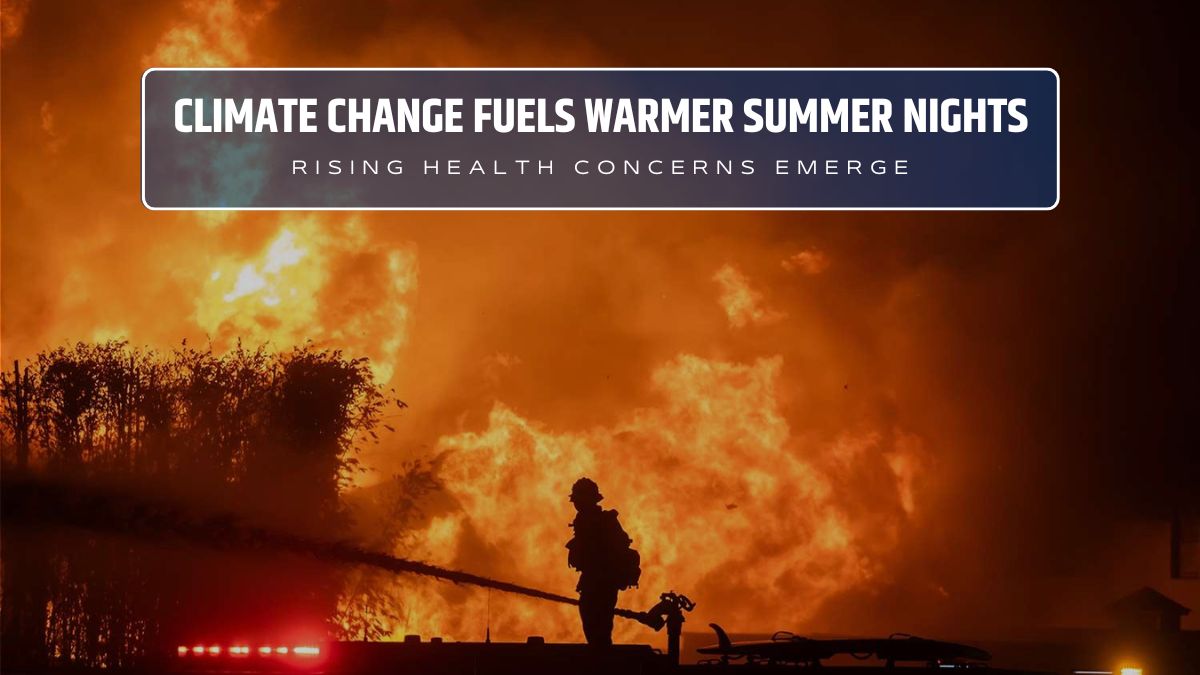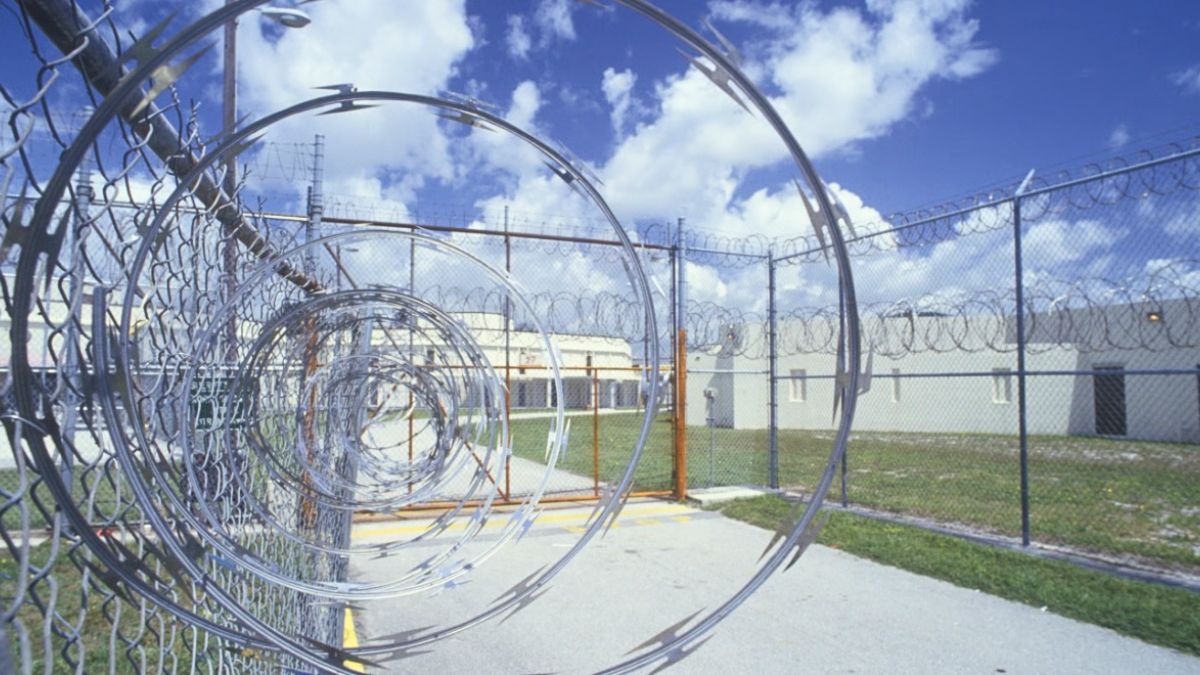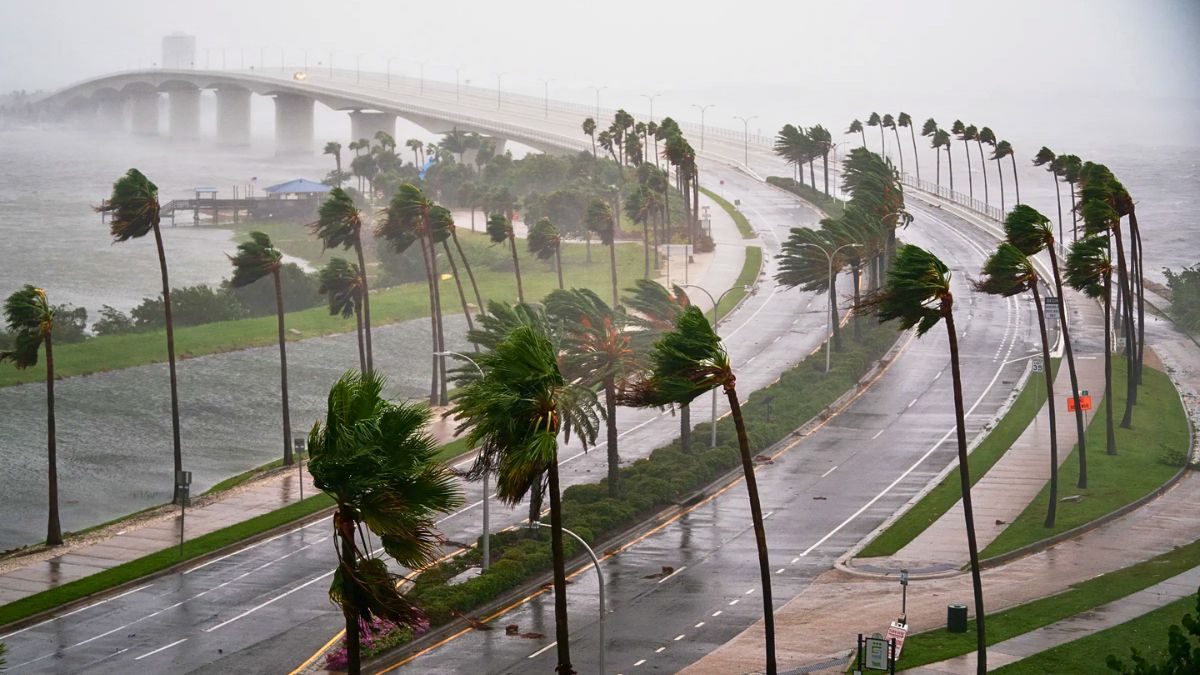When we think about extreme heat, it’s usually blazing afternoons and scorching sun that come to mind. But climate scientists are increasingly raising the alarm about something far less visible yet just as dangerous: warm summer nights. While the sun may dip below the horizon, the heat isn’t going anywhere—and that’s a big problem.
Heatwave
Right now, over 200 million Americans are under extreme heat alerts. From South Dakota to Florida and up through the East Coast to Boston, cities like St. Louis, Memphis, Savannah, and Charleston are bracing for feels-like temperatures in the triple digits. And it’s not just the heat of the day—it’s the dangerous warmth lingering long after sunset.
Warm nights are increasingly becoming a serious public health concern. Unlike daytime highs that make headlines, the quiet rise in nighttime temperatures slips under the radar—but it may be even more harmful.
Trend
Climate Central analyzed summer nighttime temperatures from 1970 to 2024 across 241 U.S. locations. What did they find? Nearly every place studied showed a warming trend, with average nighttime temperatures increasing by about 3.1 degrees Fahrenheit.
Looking ahead, the Environmental Protection Agency (EPA) expects this warming trend to continue. In many areas, overnight temperatures will frequently stay above 70°F in the coming decades.
Health
The real danger of warm nights lies in their effect on the human body. According to the Centers for Disease Control and Prevention (CDC), when nighttime temps remain high, the body can’t cool down properly. That puts extra strain on the heart and other organs, particularly in vulnerable groups like older adults, young children, and people with existing health conditions.
Heat exhaustion and heatstroke become more likely when the body doesn’t get a break at night. Poorer sleep quality caused by excessive heat can further weaken the immune system, increase stress, and raise the risk of long-term health issues like heart disease.
Urban
Cities are even more vulnerable. Concrete, asphalt, and buildings absorb heat during the day and release it slowly at night, creating what’s known as the “urban heat island” effect. Urban areas can stay much warmer than surrounding rural zones, especially after dark.
That means city dwellers are less likely to get the cooling relief that nighttime usually brings. With fewer trees and green spaces to absorb heat, and more paved surfaces reflecting it back, cities end up stuck in a loop of heat retention.
Atmosphere
What’s causing all this?
Scientists point to greenhouse gas emissions and rising atmospheric moisture. As the atmosphere warms, it holds more water vapor. This acts like a blanket, trapping heat near the surface and making it harder for temperatures to drop overnight.
The National Oceanic and Atmospheric Administration (NOAA) says this insulation effect is a key reason why nighttime temperatures have climbed steadily in recent decades. It’s a shift that’s difficult to see—but easy to feel.
Balance
We need cool nights. Not just for comfort, but for recovery. Human bodies, buildings, even ecosystems rely on the nightly cooldown to reset. Without it, stress builds day after day, eventually taking a toll on both health and infrastructure.
Warm summer nights may not look dramatic on weather maps, but their impact is growing. As climate change continues to reshape our environment, it’s the heat we don’t see—the kind that lingers after dark—that could do the most damage.
FAQs
Why are hot nights a concern?
They prevent the body from cooling, raising health risks.
How much have nights warmed?
On average, summer nights warmed by 3.1°F since 1970.
What is the urban heat island effect?
Cities stay warmer due to heat-retaining surfaces and less greenery.
What health problems can hot nights cause?
Heat strain, poor sleep, heart disease, and worsened chronic illness.
How does climate change affect nights?
Warming air holds more moisture, trapping heat overnight.
























